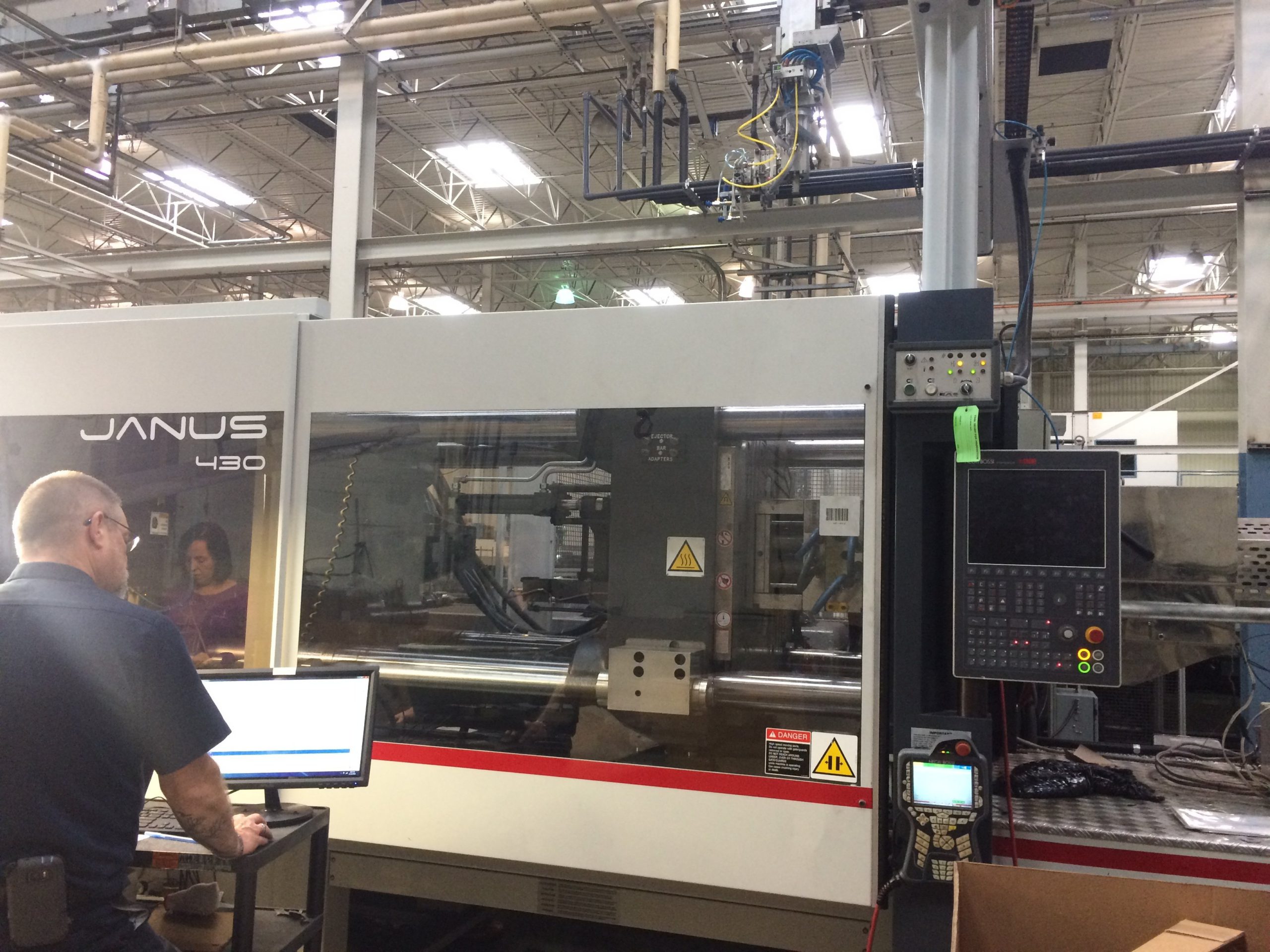Manufacturers need to be confident that they are providing their customers with quality products that meet agreed upon and necessary specifications. This is where a product quality audit (PQA) comes into play.
There are a number of different PQAs including the final quality audit (FQA), out of box audit (OBA) and others. The specific business needs will determine which kind of quality audit is best for your products.
There are three key ways for an audit to be conducted.
- The contract manufacturer or direct manufacturer can perform their own audit, adhering to agreed upon methodologies, testing equipment, etc.
- A third-party manufacturer or auditor can review and audit the work of the original manufacturer.
- A company who is using a contract manufacturer can handle the quality audit of their own parts.
Read on to learn more about why you should run a PQA and how to ensure you have total quality management in place to get the results you desire.
What should be audited to guarantee final product quality?
When we discuss product quality audit it’s common to focus on the end product. However, other types of audits are important for a manufacturer to carry out as well. If you are using a contract manufacturer, you will want to be sure they are capable of handling product quality audits as well as surpassing expectations during process, management and other forms of audits.
The product quality audit steps and requirements should be decided upon before the manufacturing process begins. This would include designers and engineers working together with production managers to set reasonable expectations based on design, materials, manufacturing methods, machines being used and other criteria.
While injection molding custom parts, there are a number of items to review during a PQA. These may include wall thickness, orifice or cavity dimensions, coloration or finish, and any sort of strength/pressure/flex test that is required.
These steps should be completed before moving forward to final assembly. Final assembly and paint work will be done after the initial product audit, but then should also include its own product audit or FQA. This would include verifying functionality, flow, appearance, etc.
Making the Case for Product Quality Audits
There are a number of reasons manufacturers should be carrying out quality audits for parts and assemblies. First, the part is designed for certain functions. If the part cannot perform those functions, it is defective. If it cannot withstand pressure, flex, or environmental tests, it will not last long in the field.
While some components are relatively innocuous—an ink pen tube, for example—other products are responsible for the safety and life of people who depend on them. If those products do not meet required specifications or perform as intended, it could cause grievous injury or even death.
Aside from that very serious (and legal) responsibility, manufacturers want to be sure they are producing quality parts because they do not want to handle an influx of returns and recalls. Such processes are costly in at least six ways:
- The added cost in shipping and receiving these parts.
- Potential refunds and cancellations.
- Bad reputation by word of mouth.
- The added cost in remanufacturing parts.
- Finding a way to dispose of defective parts and materials—whether they can be recycled or must be tossed.
- Slowing down or interrupting production cycles.
How to Avoid Costly Manufacturing Mistakes
Work closely with your contract manufacturer. There is a partnership where each of you is relying upon the other for success. They should be able to provide you with useful guidance regarding product quality audits and total quality management from their years of experience. They should also be fully familiar and comfortable with your company’s design and specifications. Never select a contract manufacturer that doesn’t clearly manage quality audits throughout the production process.
To learn how to get the most from your relationship with an injection molding contract manufacturer, download our free guide—Designing Injection Molded Parts: A Handbook for Designers & Engineers. Or, if you prefer, call us at (330) 786-3000 for immediate assistance.




